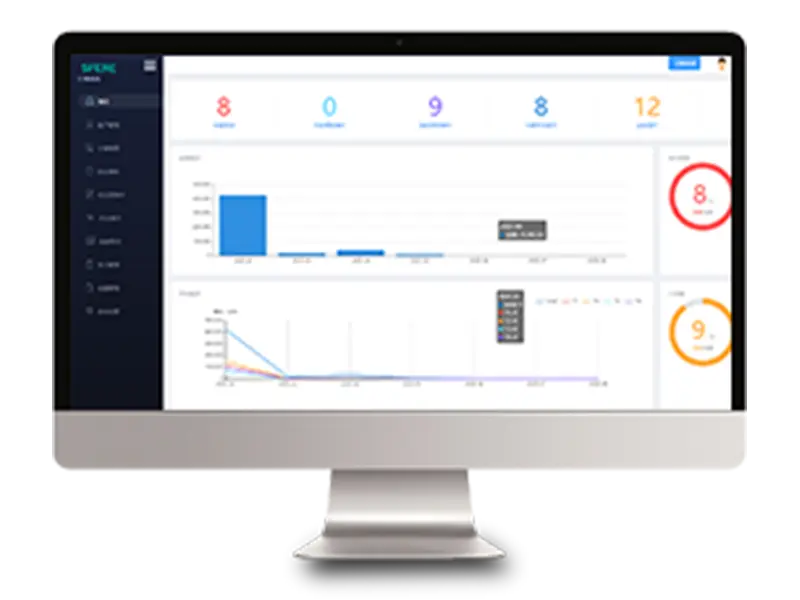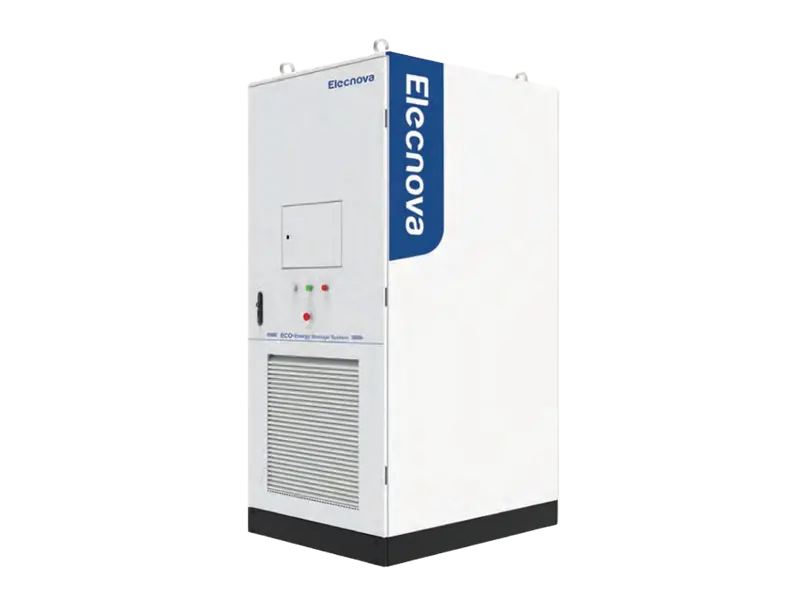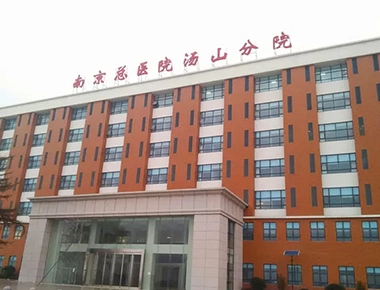In the field of industrial automation, motors serve as the core power source driving various equipment and machinery, making their stability and safety crucial. As the "guardian" of motors, motor protection controllers play an irreplaceable role in industrial automation. This article explores the critical role of motor protection controllers in industrial automation from four perspectives.
Ensure Stable Motor Operation
By continuously monitoring the motor's operating status, including key parameters like current, voltage, and temperature, the motor protection controller ensures that the motor operates within its normal working range. If any abnormal parameter is detected, such as overload, short circuit, or phase loss faults, the controller quickly cuts off the power or takes other protective measures to prevent further damage to the motor. This real-time monitoring and rapid response capability significantly enhance the motor's operational stability, reducing the production interruptions and losses caused by motor failures.
Extend Motor Lifespan
Motor protection controllers not only protect the motor in the event of a fault but also extend the motor's lifespan by optimizing its operating parameters. For example, the controller can automatically adjust the current and voltage according to the motor's load conditions to avoid prolonged high-load operation, thereby reducing wear and aging of the motor. Moreover, the controller can perform regular maintenance checks on the motor to detect and address potential faults early, ensuring long-term stable operation.
Improving Production Efficiency
In industrial automation, the application of motor protection controllers can also enhance production efficiency. By precisely controlling the motor's start, stop, and speed adjustments, the controller ensures the smooth operation of the production line, reducing delays and downtime caused by motor failures. Additionally, the controller can achieve coordinated control with other automation equipment, enabling the automation and intelligence of the production process, further improving production efficiency and quality.
Reducing Maintenance Costs
The application of Elecnova motor protection controllers can also lower maintenance costs. By monitoring the motor's operational status and fault information in real-time, the controller can detect and address issues promptly, preventing more significant losses due to escalating faults. Moreover, the controller can provide detailed operational data and fault logs, offering strong support for the maintenance and upkeep of equipment. This allows maintenance personnel to pinpoint problems more accurately, reducing troubleshooting time and lowering maintenance costs.
In conclusion, motor protection controllers play a crucial role in industrial automation. They not only ensure the stable operation and extended lifespan of motors but also enhance production efficiency and reduce maintenance costs. As the level of industrial automation continues to rise, the application of motor protection controllers will become increasingly widespread, making them an indispensable part of industrial automation.







































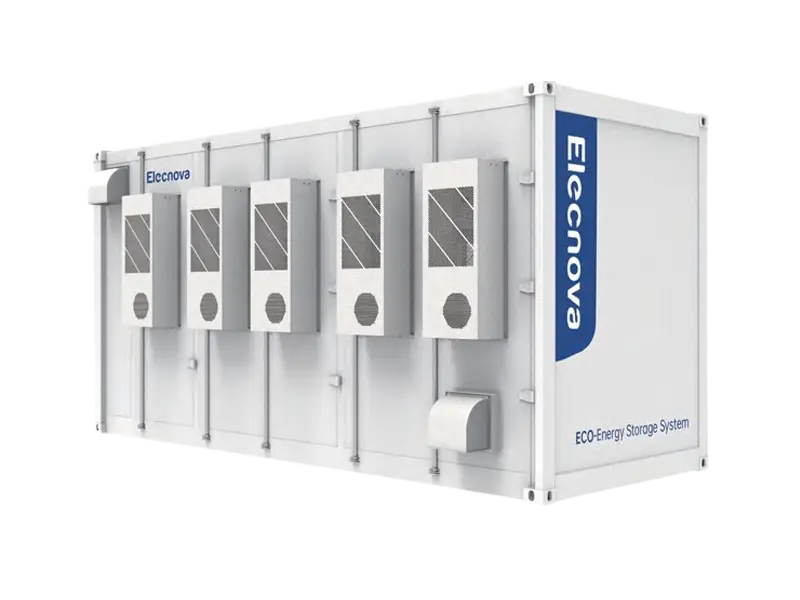
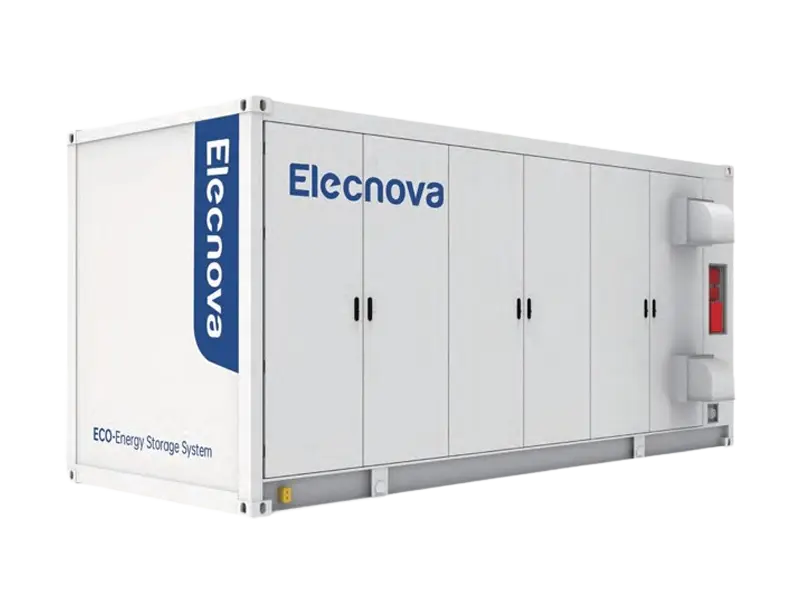
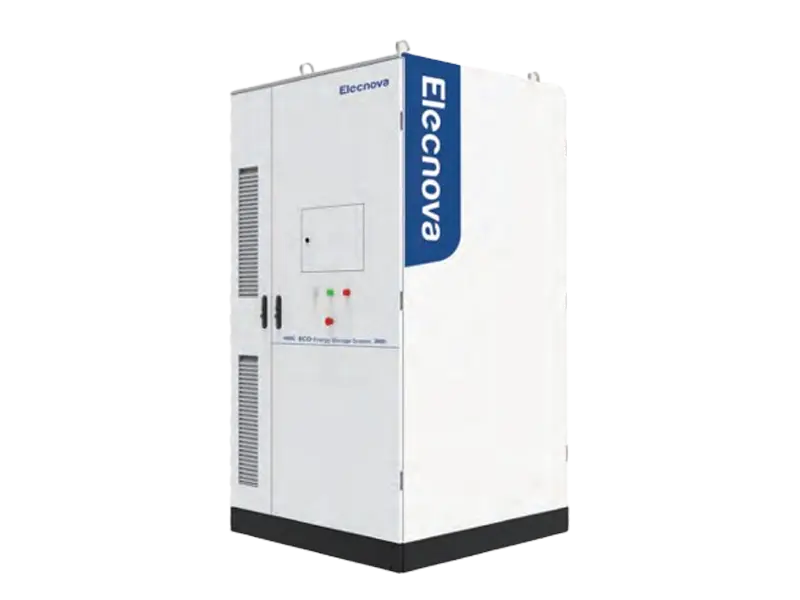
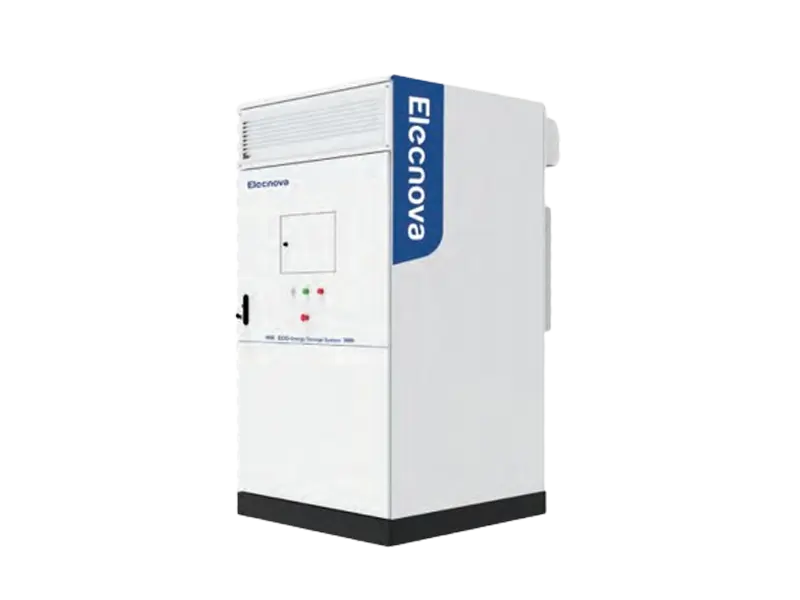
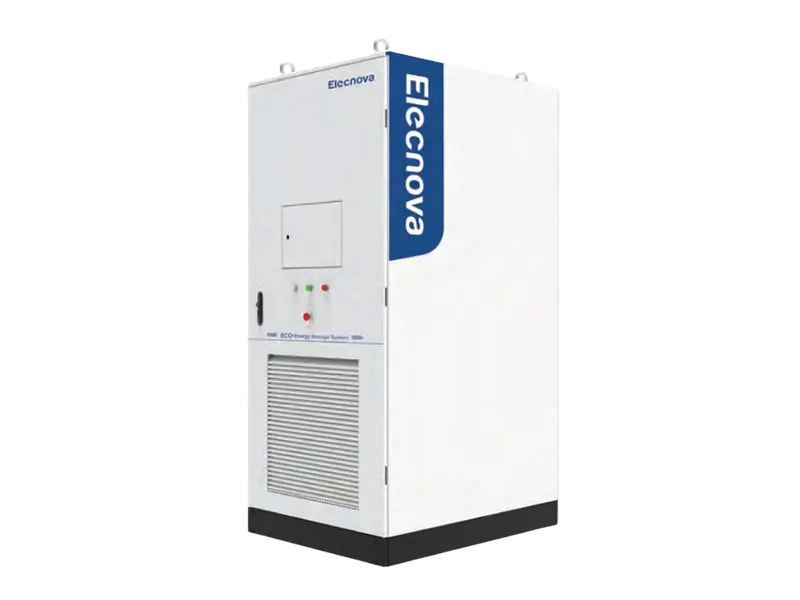

 CN
CN EN
EN
 fr
fr  de
de  es
es  it
it  ru
ru  ar
ar  vi
vi  tr
tr  th
th 